I love critter diving as much as anybody, but after several days of macro photography I find myself gazing longingly at the wide-angle lenses in my camera bag… The quickest way to satisfy that urge in Ambon is a dive on the mysterious “shipwreck” located on the western side of the bay close to the state oil company Pertamina’s main jetty.
Marked by a large but rather rusty buoy attached to the stern, which is in just 12m of water, the wreck is 100m in length and lies facing down the slope of the harbor with its foredeck at 32m and the bow in over 40m.
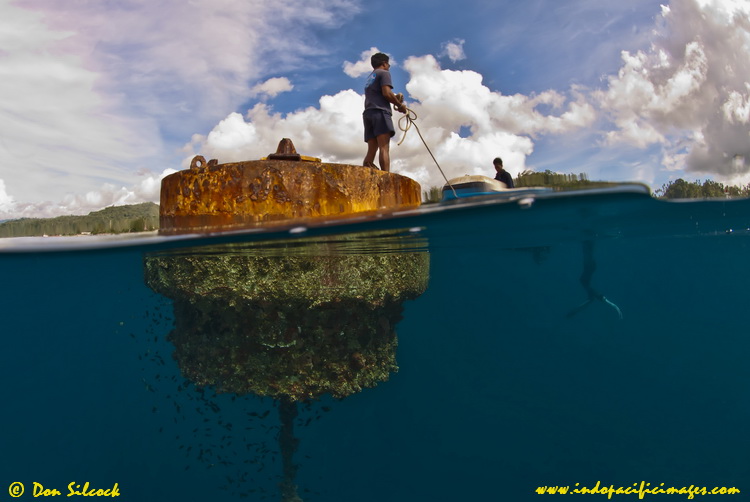
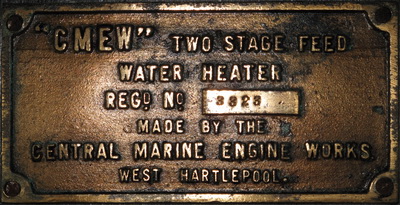
Very little was known about the wreck, but as with many things in Indonesia, there were no shortage of rumors and tales about it…
One such story was that the wreck is the remains of a Dutch cargo ship scuttled deliberately during WWII to prevent it falling into Japanese hands.
While another is that it was bombed & sunk by a single bomb dropped down its funnel by a (very good…) mercenary pilot during civil strife in the 1950’s.
To positively identify the wreck Marcel Hagendijk, the manager of the Maluku Divers resort, conducted a series of penetration dives inside the shipwreck and in the engine room he found a plaque on the steam boiler, complete with a serial number that indicated that the boiler had been made by the Central Marine Engine Works, in West Hartlepool in the north-east of England.
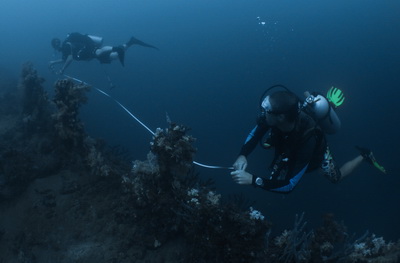
Some additional research on-line using the boiler data allowed the ship to be identified the ship as the Duke of Sparta, built in 1940 at the William Gray shipyard in West Hartlepool.
As a final check. Marcel also measured the wreck and confirmed that she is 134m long and 17m wide, the exact dimensions of the Duke of Sparta.
The Duke of Sparta was sold to the Grimaldi brothers in Naples in 1951 and was renamed the SS Aquilo which allowed Marcel to establish that the ship was bombed in Ambon harbor during Operation Haik – a clandestine Cold War CIA operation against Indonesian communist rebels in 1958.
The initial bombing did significant damage to the Aquilo, but not enough to sink her and it was another month before she finally went down on the 27th May.
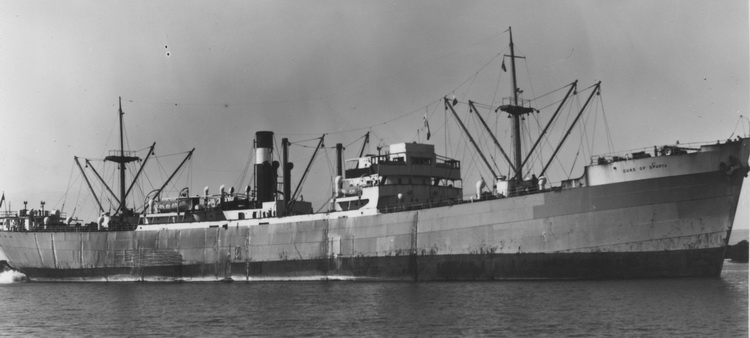
Diving Indonesia: Maluku Province – Diving the Ambon Shipwreck
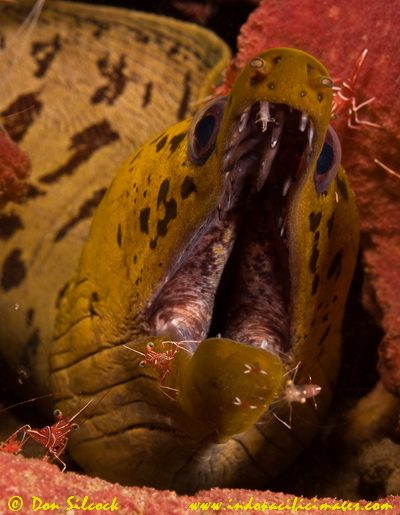
The location of the shipwreck in a busy part of Ambon’s harbor means that the visibility is rarely exceptional and typically varies between 5m to 15m – with an in-coming tide offering the best prospects…
However because the wreck is so intact and instantly recognizable it makes an excellent backdrop for wide-angle photography provided care is taken with strobe positioning to minimize back-scatter from the inevitable particles in the water.
The wreck structure has developed a rich coating of marine growth, and the area around the mast is particularly photogenic because of the dense crop of both hard and soft corals that have established themselves there.
As the water is generally clearer the closer you are to the surface, the mast area is probably be best area to concentrate on for wide-angle photography.
If you are looking for smaller stuff, the real estate offered by the ship has been taken up by a variety of creatures and every nook & cranny seems to have gained an occupant…
I was lucky enough to find a superb Fimbriated Moray Eel on the top-deck that had made its home in amongst some of the wreckage and was being serviced by a multitude of cleaner shrimp.
The wreck’s interesting history and its location right in the harbor makes it a great dive on a rising tide when you will have the best chance of good visibility.

Next Page: Ambon’s South Coast
Back To: Critter Diving in Ambon
